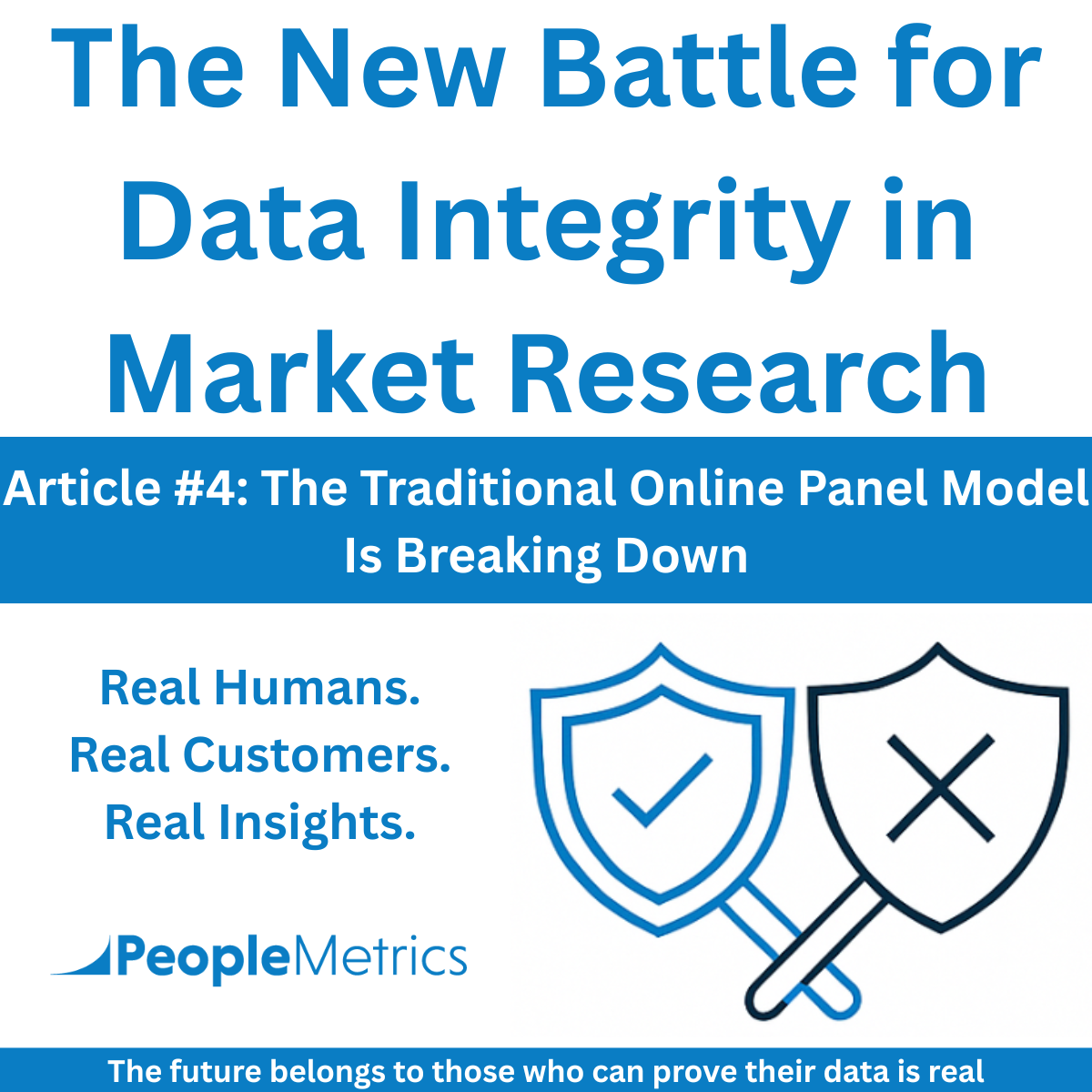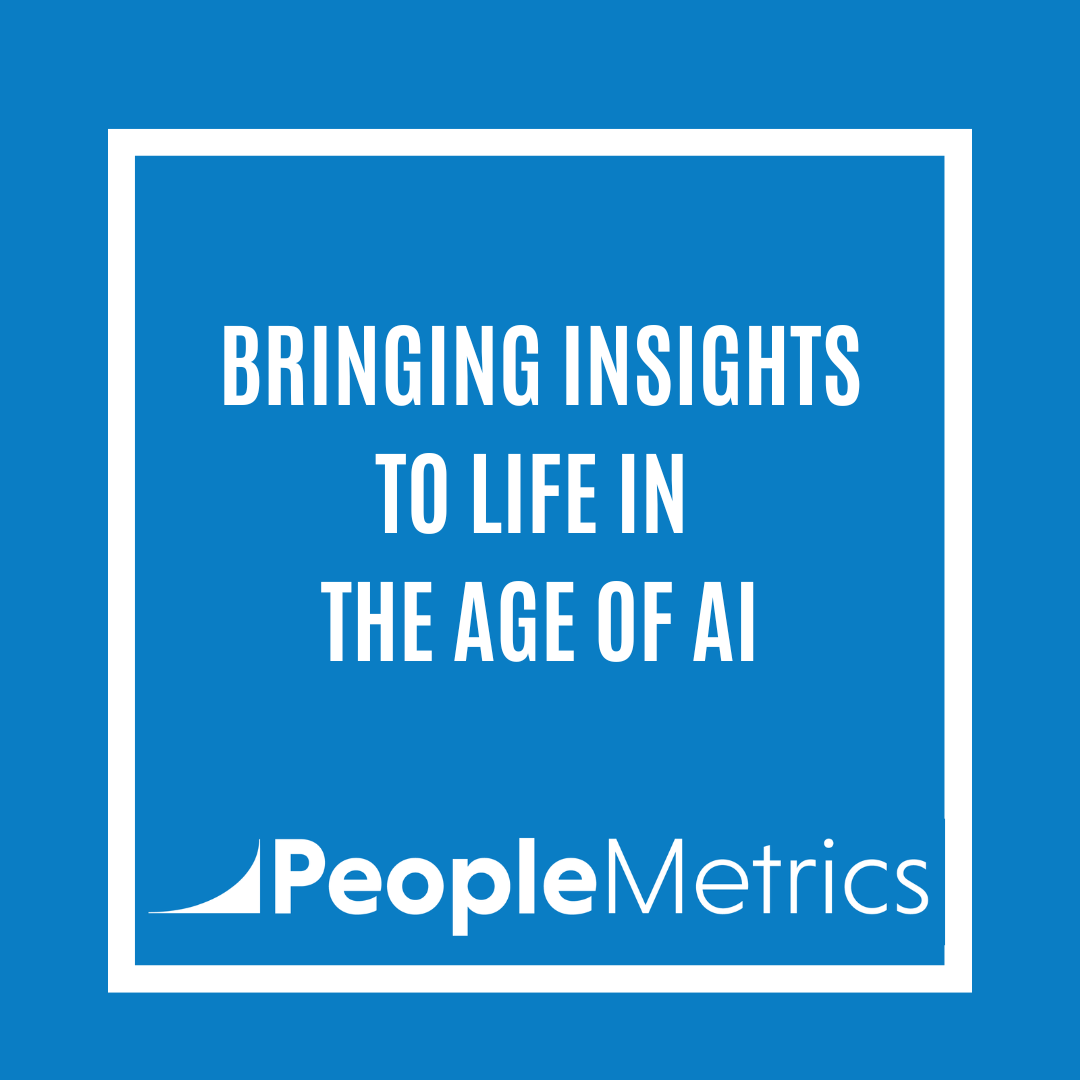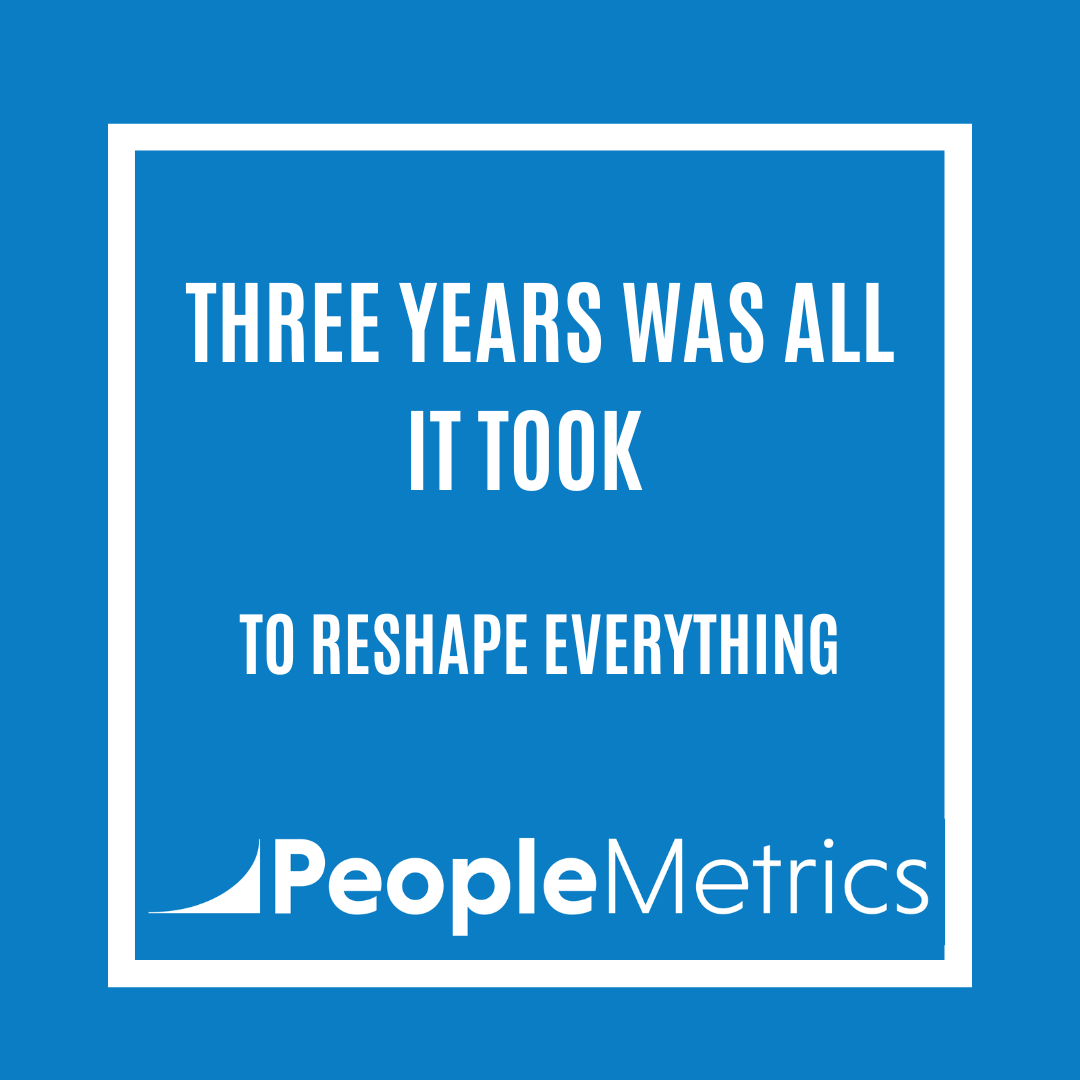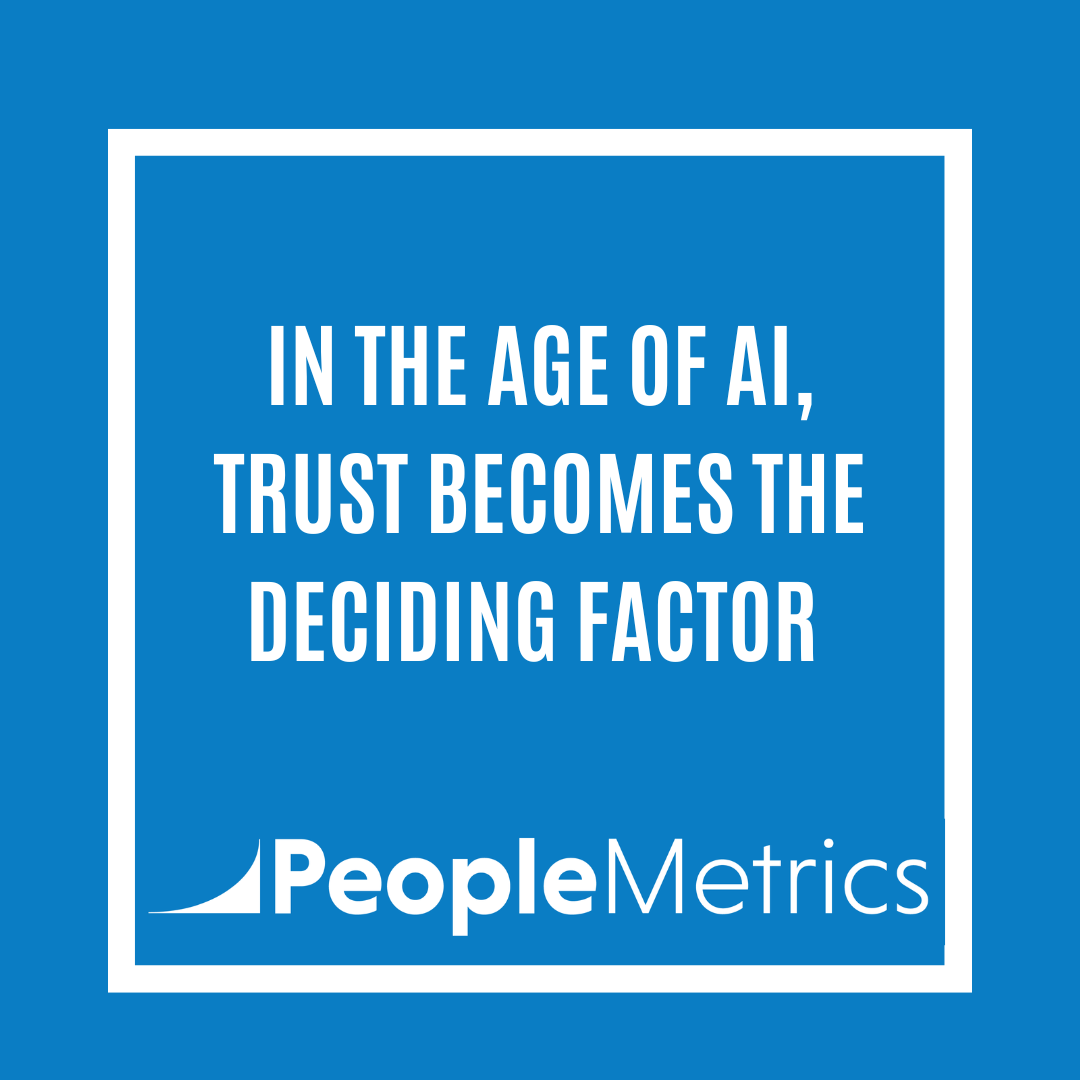The indictment of Op4G and Slice exposed more than just a fraud scheme.
It exposed a business model under pressure.
A model where online panels were treated as endless, anonymous pools of survey takers.
Where volume was prioritized over verification.
And where companies assumed that fraud detection could fix what flawed sourcing allowed in.
That assumption no longer holds.
Why the Traditional Online Panel Model Is Struggling
Let’s be honest: the concept of online panels made sense.
Recruit a large group of pre-qualified individuals, keep them engaged, and tap them for research across numerous clients.
In theory, it should work.
But that model has frayed for several reasons:
- Overuse and Fatigue
Respondents are surveyed too often. They learn how to game screeners. They rush through surveys to earn rewards.
- Incentive-Centered Participation
Most panels are built around transactional relationships. Respondents aren’t motivated by sharing real experiences — they’re motivated by earning a few bucks.
- Poor Visibility
You rarely know who’s really behind the response. Demographic fields are filled out once and rarely revalidated. In a world where identity can be spoofed in seconds, that’s a major risk.
- AI Fraud Makes Everything Worse
As we saw in the Slice case, even manual fraud passed through panels undetected for years.
Now AI agents can simulate real respondents with frightening accuracy. The traditional online panel model wasn’t built to defend against that.
This Doesn’t Mean Online Panels Are Dead
At PeopleMetrics, we still use online panels when they are the right tool for the job.
But our standards for vetting online panel providers are far higher than they used to be.
We ask:
- Where are panel participants coming from?
- How are identities validated?
- Can we independently verify who these people are?
- What signals suggest quality vs. risk?
And if we can’t get clear answers, we don’t use the sample.
A Better Way Forward
Market research often requires respondents who fit a certain demographic profile. Often the requirement is to access them as quickly and as inexpensively as possible.
At PeopleMetrics, we:
- Build custom, client-specific panels whenever possible
- Personally recruit, interview, and revalidate each participant
- Layer in human review, especially for qualitative and open-ended data
- And whenever possible, source directly from known customer lists, where identity is never in question
We still believe in tapping into the voice of the market.
But we believe you must know who we are talking to.
Bottom Line
The Op4G/Slice indictment wasn’t just about bad actors.
It was about how easy the traditional system made it for them to operate.
If we want to prevent the next wave of fraud, we must stop thinking of online panels as a commodity and start treating them as a high-trust asset.
Because in this new era, the source of your data is just as important as the data itself.
Up next:
Post 5: Custom, Human-Verified Research Panels — How They Work and Why They Matter
Comment Here!





